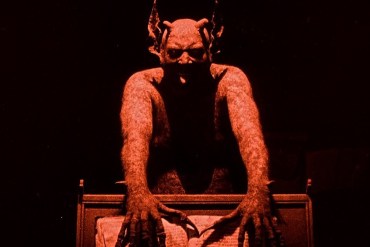Kevin Lever:
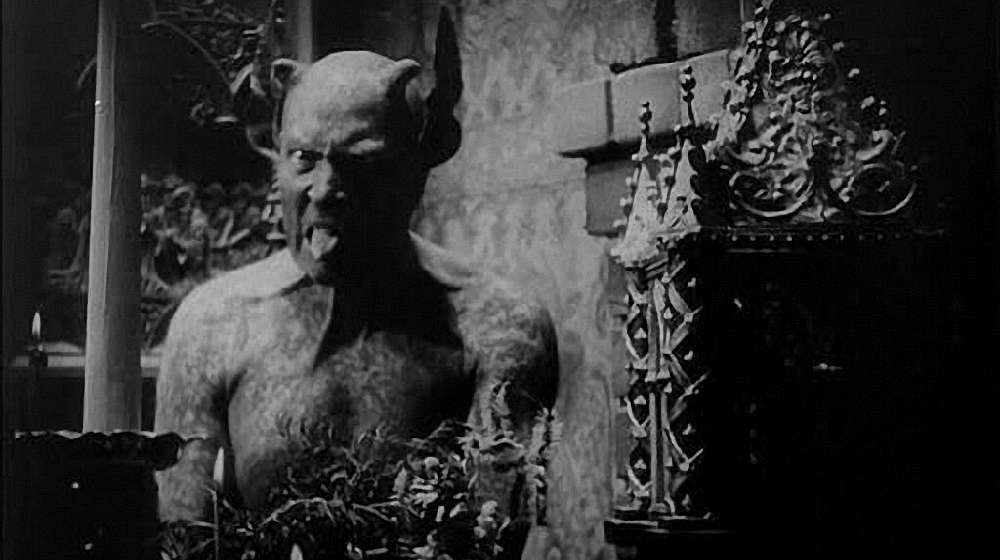
Viewing Häxan, I still felt its allure, nearly a hundred years after its inception. The documentary-style silent film, in its several parts, touches on subjects and ideas that are just as prevalent today. Its at times grotesque and haunting images are truly unsettling, as it prepares the audience for making a case about mental health, satanic worship and witchcraft. That it achieves this so movingly is a testament to its power, how it uses the power of words, images and atmosphere to strike at the heart of cruelty and humanity. They are incredible images, some of them so disturbing and striking that even by today’s standards, the shock of the mind and the suggested is enough to unnerve. Häxan is well worth visiting, for a first time or a revisit. It’s a classic for good reason, and some things will take some time to drift from my mind.
Calvin Kemph:
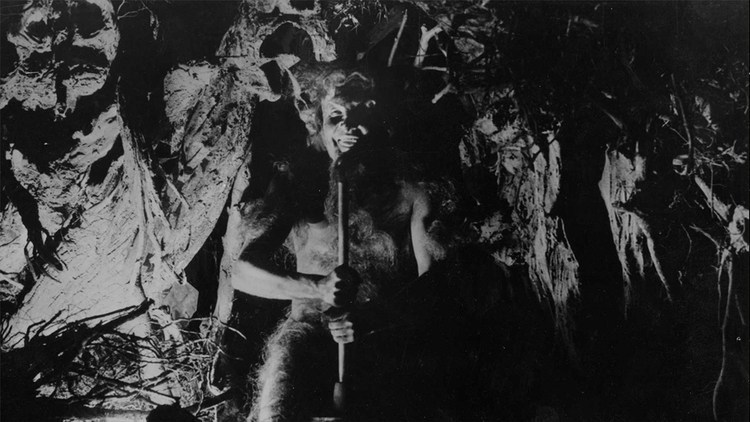
I cannot believe that Häxan came out nearly one hundred years ago. It’s made of awfully prescient material. There are a few things that accomplish its otherness. Its silence is one —but it is not silent—it’s more recently been filled with discordant and screeching sound effects, the unsettling stuff of nightmares. (The score in question has been provided to the film by The Rats & People Motion Picture Orchestra.) Its old film grain and hitching movement make all its actors present like modern horror creatures who move with all the chop and artifacting of an old film reel. It also has an immense otherness, a Swedish-Danish heritage that give it a distinct perspective and personality. I cannot imagine what it was like to view this film in 1922 without our modern horror vocabulary and perspective earned through hundreds of films. It establishes an abundance of terrific horror elements that would not be firmly in place for half a century. Structurally it’s a fictitious documentary. That concept is still broadly considered a new idea of horror and a modern trend. To have it established so early and confidently exhibits an impressive work of forward-thinking brilliance.
This group viewing is my introduction to the film. Given this, my response is raw. It’s a neat piece of cinematic history that handles so much. In one section, it handily goes over mental health. It goes places both dark and heavy without any fear and treads willfully into the unknown. It has its own signature weirdness, long shots of churning butter, choice quotes—“all the witches had to show the devil respect by kissing his behind!”—and smartly constructed vignettes playing out like an anthologized story. The takeaway in 2018 is that Häxan’s still a powerful work. In a moment where we’re finding renewed interest in witchcraft cinema, it could be good extracurricular viewing. We can only imagine how it went in 1922, but I’d wager it would either have been life-changing or completely indecipherable without our modern context.
David West:
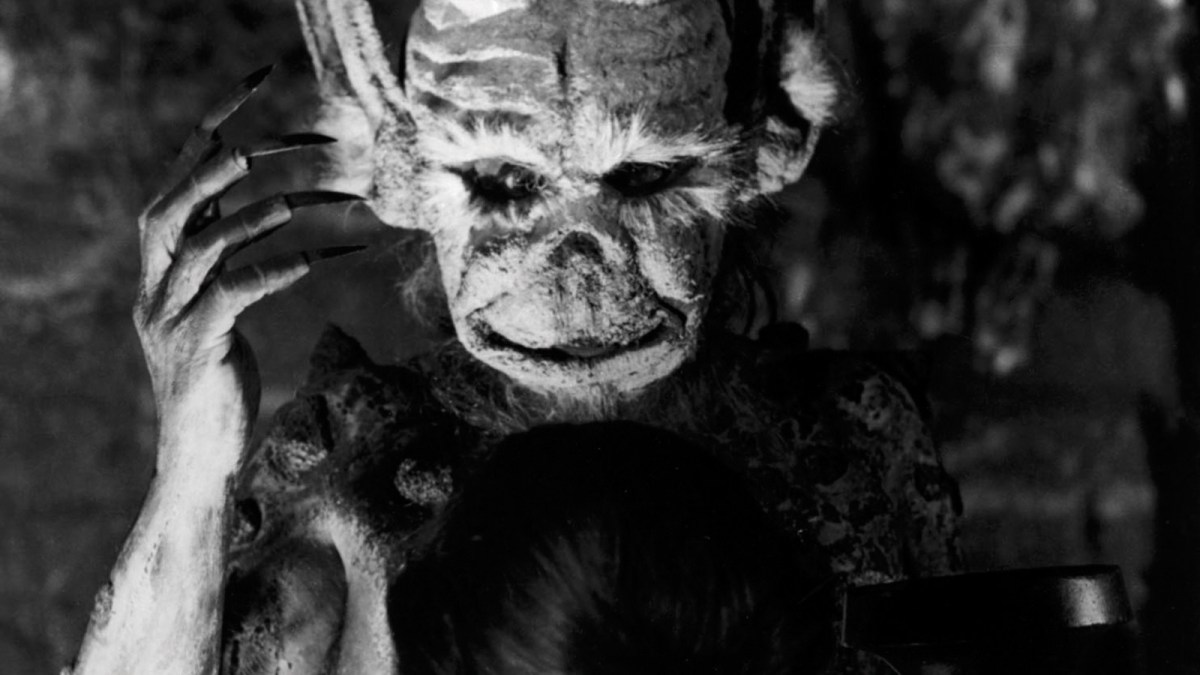
What surprises me most about Häxan is how ahead of its time it is with regard to special effects. It has crazy puppets, stop motion animation, great makeup, tons of multiple exposure shots, and carefully choreographed reverse motion shots, all in 1922. It really feels like it should have been made at least six years later, but at the same time it feels like it might no longer have been possible by then.
The film’s structure is also really interesting. It presents itself as a documentary, but the dramatized scenes are the main draw of the movie. They inform the documentary aspect, but it really seems like the visual spectacle is the primary focus. There’s nothing wrong with that though, and it does drive home the brutality of the witch hunts.
The final portion of the film shifts to the modern day and speculates that evidence of “witchcraft” in the middle ages can be attributed to mental illnesses that still manifest today, though we obviously perceive them differently. It’s a surprisingly sympathetic take on mental illness, at least for 1922. Some of the science is outdated now, but I wouldn’t expect a filmmaker to know more than a doctor.
Häxan holds up remarkably well for a film that’s almost a hundred years old. Most of the effects are still mind-blowing in a way that CGI effects just wouldn’t be able to achieve. There’s just something special about the tangibility of the practical effects and the artistry that went into them. The film would be memorable even if only for the visuals, but its structure, its documentary style, and its forward-thinking attempt to apply contemporary psychology to historical events make it truly special.
Graham Austin:
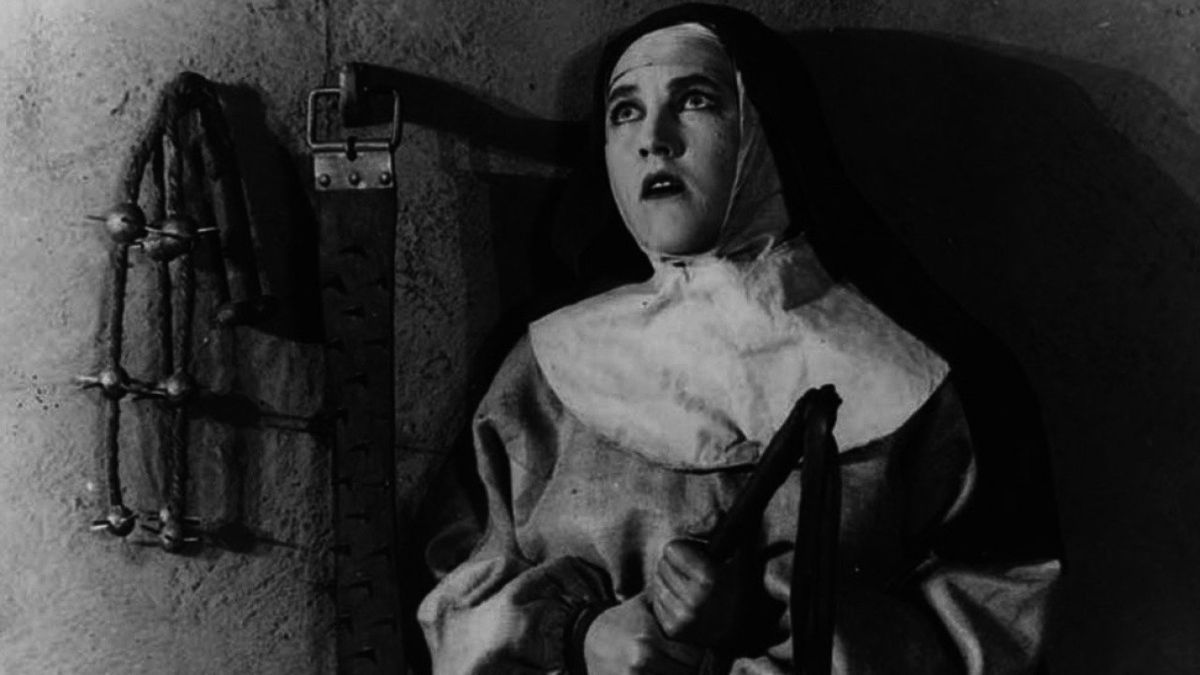
One of the most striking things about Häxan, besides some of the most impressive phantasmagorical imagery this side of Murnau, is in its commitment to both history and fable. Both the realism of the history of witchcraft, and the realism of witchcraft to the people that believed in it, are both afforded the same level of detail and authenticity, creating a verisimilitude that further accentuates its documentary and horror leanings. Over ninety years later, the same conceptual dedication to fact and myth lives on, albeit in character drama format, in Robert Eggers’ modern day horror classic The Witch. This timeless approach blends a genuine humanistic and historical curiosity with a deep respect for genre aesthetics and keeps Häxan living on to this day as an effective piece of eerie horror “realism,” and its generic approach will hopefully continue to inspire filmmakers for decades more to come.

